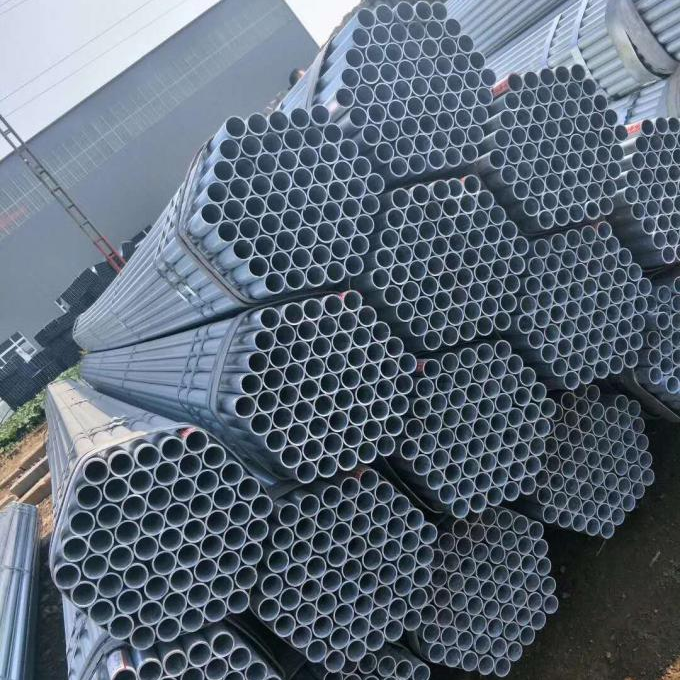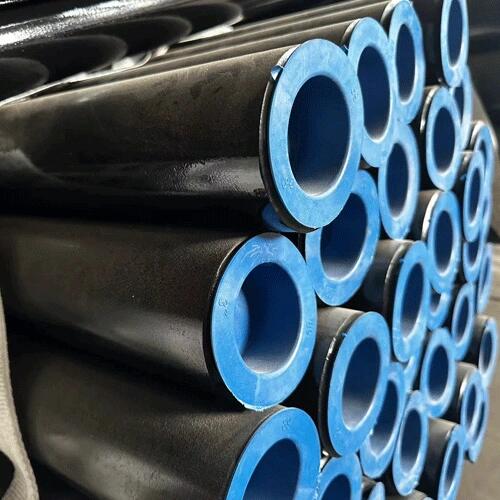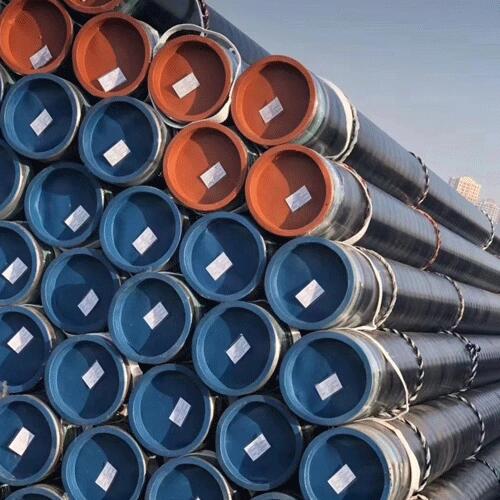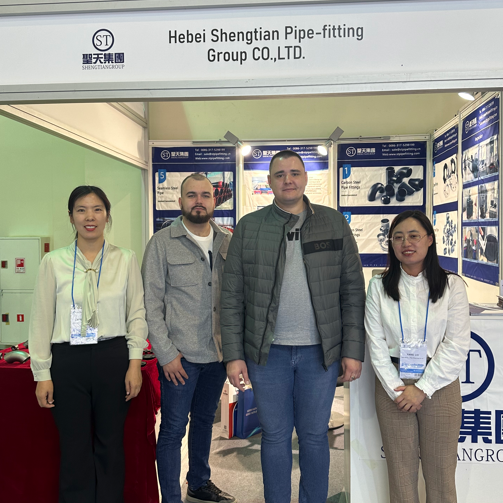Carbon steel pipes and stainless steel pipes are two different types of steel pipes that are wear-resistant. Here are the main differences between them:
Composition:
Carbon Steel Pipe: Steel is an alloy of iron and carbon, containing small amounts of other elements such as manganese, carbon silicon, and sometimes sulfur and phosphorus. The carbon content in carbon steel pipes is usually 0.05% to 2.0% (by weight)
Stainless steel pipes:Stainless steel is an alloy of iron, carbon and a chromium content of at least 10.5% (by mass). In addition to stainless steel pipes, stainless steel pipes may also contain other elements such as nickel, molybdenum and nitride. The presence of chromium creates a layer of protection. The passivation layer gives stainless steel wear resistance and attenuation.
Corrosion Resistance:
Carbon Steel Pipe: Carbon steel pipe is susceptible to corrosion, especially when exposed to moisture, chemicals, and corrosive substances. They may require coatings or treatments to enhance their corrosion resistance for specific applications.
Stainless steel pipes: Stainless steel pipes are highly corrosion-resistant due to the presence of chromium, which forms a passivating oxide layer on the surface. This oxide layer protects the steel from corrosion, giving stainless steel its name.
Strength and Toughness:
Carbon Steel Pipe: Carbon steel pipe has varying levels of strength and toughness depending on carbon content and heat treatment. Mild steel is more ductile and suitable for applications requiring formability, while high carbon steel is stronger and better suited for structural components.
Stainless steel pipe: Stainless steel pipe generally has good mechanical properties, providing both strength and toughness. The addition of alloying elements enhances strength, making stainless steel pipe suitable for a variety of industrial applications.
Aesthetics:
Carbon Steel Pipe: Carbon steel pipe has a dull, matte finish and is generally not used for decorative purposes unless it is coated or painted.
Stainless Steel Pipes: Stainless steel pipes have an attractive, shiny and reflective surface, making them suitable for decorative applications in architecture, interior design and home furnishings.
Cost:
Carbon Steel Pipe: Carbon steel pipe is generally less expensive than stainless steel pipe, making it a cost-effective choice for many applications.
Stainless steel pipe: Stainless steel pipe is generally more expensive than carbon steel pipe due to the addition of additional alloying elements and corrosion resistance.
The choice between carbon steel and stainless steel pipe depends on the specific requirements of the application, including factors such as corrosion resistance, strength, cost and aesthetics. Each type of pipe has its advantages and limitations, and proper selection is critical to ensuring optimal performance and longevity for the intended use.
 How to apply hot dipped galvanized steel pipe?
How to apply hot dipped galvanized steel pipe?
 Why should Seamless steel pipes be epoxy powder coated?
Why should Seamless steel pipes be epoxy powder coated?
 ASTM A106 Thick-walled steel pipe production steps
ASTM A106 Thick-walled steel pipe production steps
 Shengtian Group successfully participated in the Russian Oil and Gas Exhibition
Shengtian Group successfully participated in the Russian Oil and Gas Exhibition